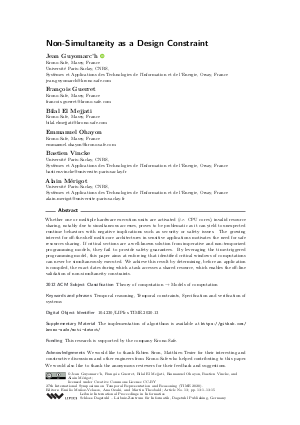LIPIcs.TIME.2020.13.pdf
- Filesize: 0.59 MB
- 15 pages

 Creative Commons Attribution 3.0 Unported license
Creative Commons Attribution 3.0 Unported license










Feedback for Dagstuhl Publishing